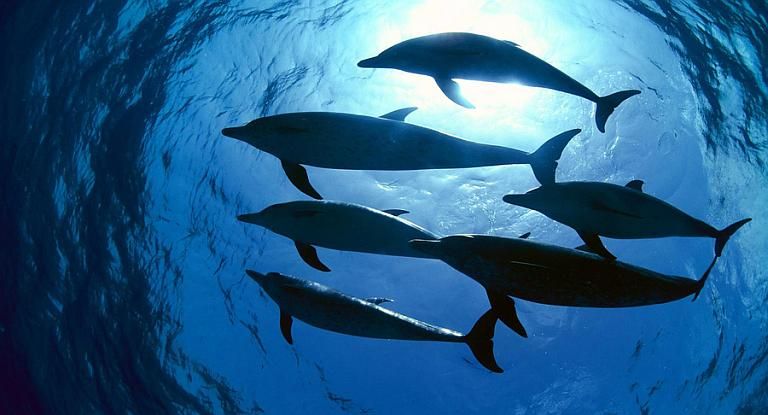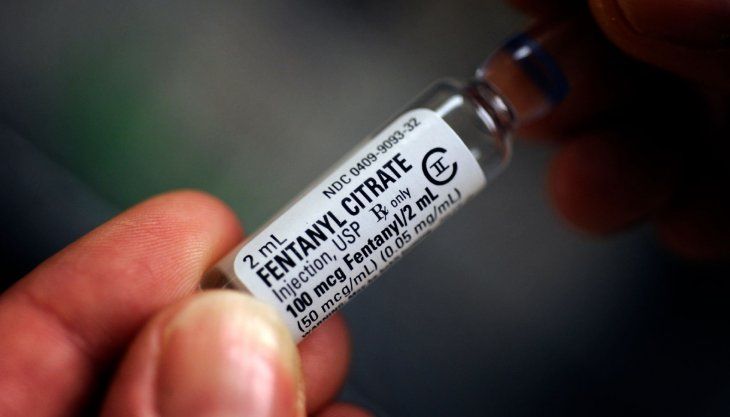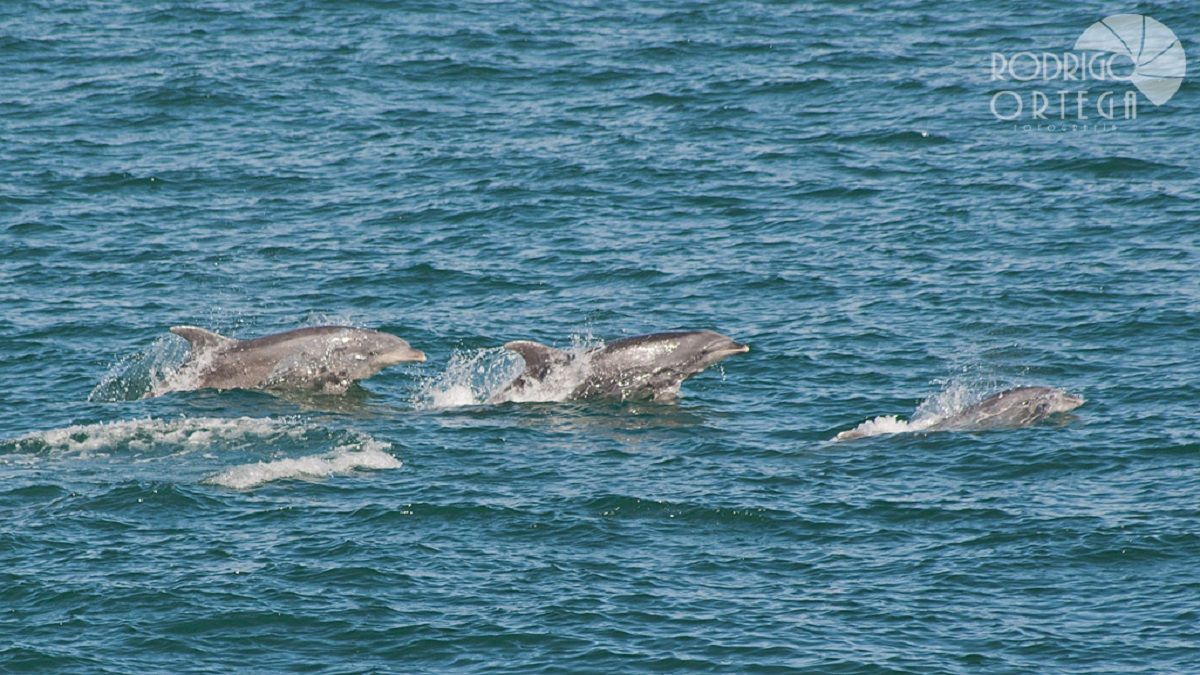Dolphins are being affected by fentanyl, sedatives and muscle relaxants in their bodies. This pollution puts the health of different marine species and humans who consume products from these waters at risk.
A study carried out by scientists revealed a group of bottlenose dolphins of the Gulf of Mexico with positive results fentanyl and others medications in your body. This finding generated an alert about the pharmaceutical pollution in the oceans and the impact of human activities on marine fauna.
The content you want to access is exclusive to subscribers.
The research, carried out by the Texas A&M University-Corpus Christistarted in 2020 after finding a dead dolphin in the Gulf near the Robstown County, Texaswhere in 2023 the largest seizure of liquid fentanyl in the United States. They were analyzed 89 dolphins and traces of opioids, muscle relaxants and sedatives in their fatty tissues.


The behavior that unites whales and dolphins with humans

Dolphins, being bioindicators of the health of the marine ecosystem, warn about the dangers of pharmaceutical pollution in the oceans.
How did drugs get into the marine ecosystem?
According to the study published in iSciencethe chemicals could reach the dolphins in various ways, such as contact with contaminated water, human waste or the dumping of drugs by trafficking ships. Of the 30 dolphins that tested positive for drugs, 18 showed traces of fentanylan opioid pain reliever 100 times more powerful than morphine. Furthermore, all dolphins analyzed post-mortem showed traces of this substance.
The region studied includes areas such as Redfish bay and the Laguna Madre in Texasas well as the Strait of Mississippi. These areas were the subject of historical monitoring that also reflects a persistent problem of pharmaceutical contamination in marine ecosystems for at least a decade.
Fentanyl.jpg

Fentanyl, an extremely potent opioid, is responsible for many overdoses due to its high toxicity, even in small doses.
Ivane Health
The impact on dolphins and the marine ecosystem
The bottlenose dolphins They are species bioindicators of the health of the marine ecosystem, since they store pollutants in its lipid-rich fatty tissue. This accumulation not only affects their health, but can also be a threat to other marine species and at the same time to the humans that they consume fish and shrimp of these waters.
Dara Orbachco-author of the study, highlighted that dolphins face multiple stressors, such as aquatic pollutionhe underwater noisethe oil spills and the algae bloomwhich makes them more vulnerable. The presence of drugs increases the severity of this situation and the risks to its survival.
The discovery highlights the urgent need to regulate and reduce sources of pharmaceutical contamination in marine ecosystems. The implications not only affect the dolphinsbut also to the biodiversity and ends up applying in the human healthsetting a worrying precedent regarding the impact of human activities on natural environments.
Source: Ambito




